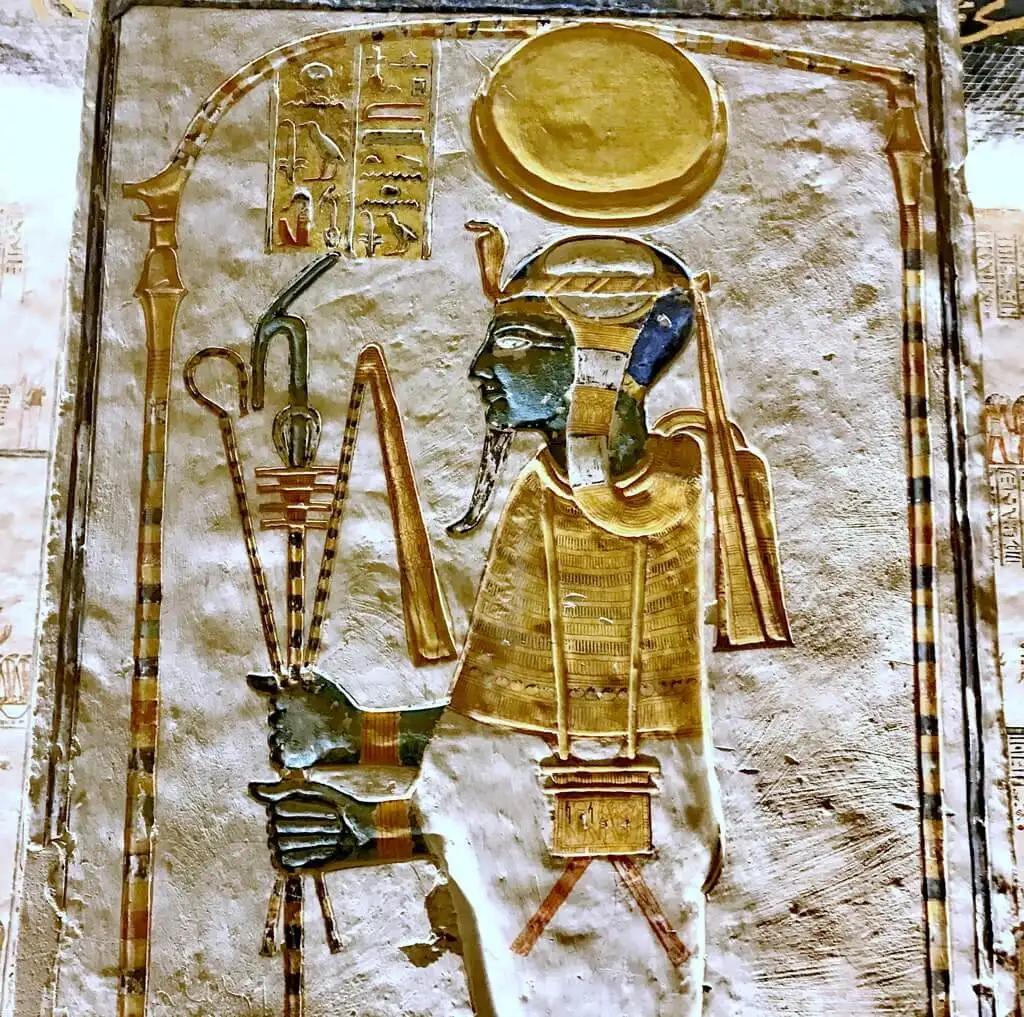God Sokar: An Ancient Egyptian Deity
Sokar was a profoundly important and multifaceted deity in ancient Egyptian religion, serving as the god of the necropolis and the underworld. His significance is deeply intertwined with the funerary practices, beliefs about the afterlife, and the religious cosmology of the time. While his worship was centered in Memphis, his influence extended throughout Egypt, making him a crucial figure in the eternal journey of the soul. He was a protector of the deceased, a patron of artisans, and a key component in a powerful divine triad that embodied the very essence of existence. His legacy is one of transformation and eternal hope, reflecting the ancient Egyptian belief that death was merely a transition, not an end.
The Origins and Depictions of God Sokar

The origins of Sokar are ancient, with his worship dating back to the Old Kingdom period, flourishing particularly in the city of Memphis. As the principal deity of this major religious and administrative center, he was seen as a local god with universal importance. Sokar was most frequently depicted in two forms: as a mummified man with a falcon’s head and as a falcon perched on a mound of earth. The mummified form directly connected him to the funerary realm and his role as a guardian of the dead. It symbolized his mastery over the physical remains and his power to protect them from decay.
The falcon, a sacred animal in ancient Egypt, symbolized the divine and the soul’s ability to transcend the physical world and ascend to the heavens. This dual imagery highlighted his role as both a terrestrial and celestial deity, a guide who operated in both the tomb and the sky. His name, possibly derived from the phrase “sokar-n-re,” meaning “cleansing the mouth of Re,” alludes to his vital function in the “Opening of the Mouth” ceremony, a ritual designed to restore a person’s senses and vitality in the afterlife. Without this ritual, the spirit could not eat, drink, or move, making Sokar’s role in the afterlife a foundational one.
The Roles and Functions of God Sokar

Sokar’s influence spanned many parts of ancient Egyptian life. His main role was a protector of the dead. He was the lord of the “hidden realm.” He guided souls through the dangerous underworld. The Book of the Dead and other funerary texts feature him prominently. He resided in the deepest parts of the underworld. He offered protection against chaotic forces. This protective role was very important. Even the sun god Ra relied on Sokar’s guidance. Ra transformed into Sokar’s form to navigate the most difficult regions. This showed Sokar’s authority over the chthonic realm.
Patron of Craftsmen
Beyond his role in the afterlife, Sokar was a divine patron of craftsmen. His link with Memphis, a major craft center, connected him to creating sacred objects. Artisans who worked with precious metals and stone especially revered him. They believed he made the gold and silver vessels for funerary rites. This connection to craftsmanship highlighted his role as a god of order. He ensured burial objects were crafted meticulously. They aided the deceased on their journey. People believed Sokar’s divine hand inspired the intricate details on sarcophagi, statues, and amulets.
The Ptah-Sokar-Osiris Triad: A Symbol of Eternity

Sokar’s most profound importance stemmed from his fusion with two other major deities: Ptah and Osiris. This syncretism resulted in the composite deity Ptah-Sokar-Osiris, a powerful symbol of the complete cycle of existence and the ancient Egyptian belief in eternal life.
- Ptah, the creator god of Memphis, represented the beginning of all things and the divine act of creation.
- Sokar represented the earthly realm, the underworld, and the process of death, serving as the bridge between life and the afterlife. He was the force that guided the body back to the earth.
- Osiris, the god of rebirth and the afterlife, represented the ultimate goal of eternal life and resurrection. He was the ultimate destination of the soul, a place of peace and renewal.
People commonly depicted this powerful triad on funerary figures and sarcophagi. These figures served as a divine guarantee for the deceased. People believed that placing Ptah-Sokar-Osiris in a tomb ensured the individual would successfully navigate death’s challenges. They would achieve a glorious and eternal existence in the afterlife. People often hollowed out the figures to hold papyrus scrolls with magical spells. This reinforced their protective and transformative power.
Worship, Festivals, and Legacy
Ancient Egyptians formalized the worship of Sokar through significant festivals. The Henu festival was the most notable event. People often celebrated it in the fourth month of the inundation season. The festival involved elaborate processions and rituals. Participants would “till the earth” to symbolize rebirth and new life. This ritual served as a powerful metaphor for the deceased’s resurrection.
The Henu barque, a special boat, played a key role in the procession. It symbolized the journey through the underworld. These public celebrations reinforced the community’s belief in the cycle of life and death, with Sokar as its central figure. Sokar’s legacy is enduring. It appears in ancient Egyptian texts and tombs. It also lives on in the very concept of an ordered, cyclical cosmos. He remains a powerful symbol of protection, transformation, and eternal hope. Sokar represents the profound Egyptian belief that death was a necessary step toward a new, glorious existence.
























